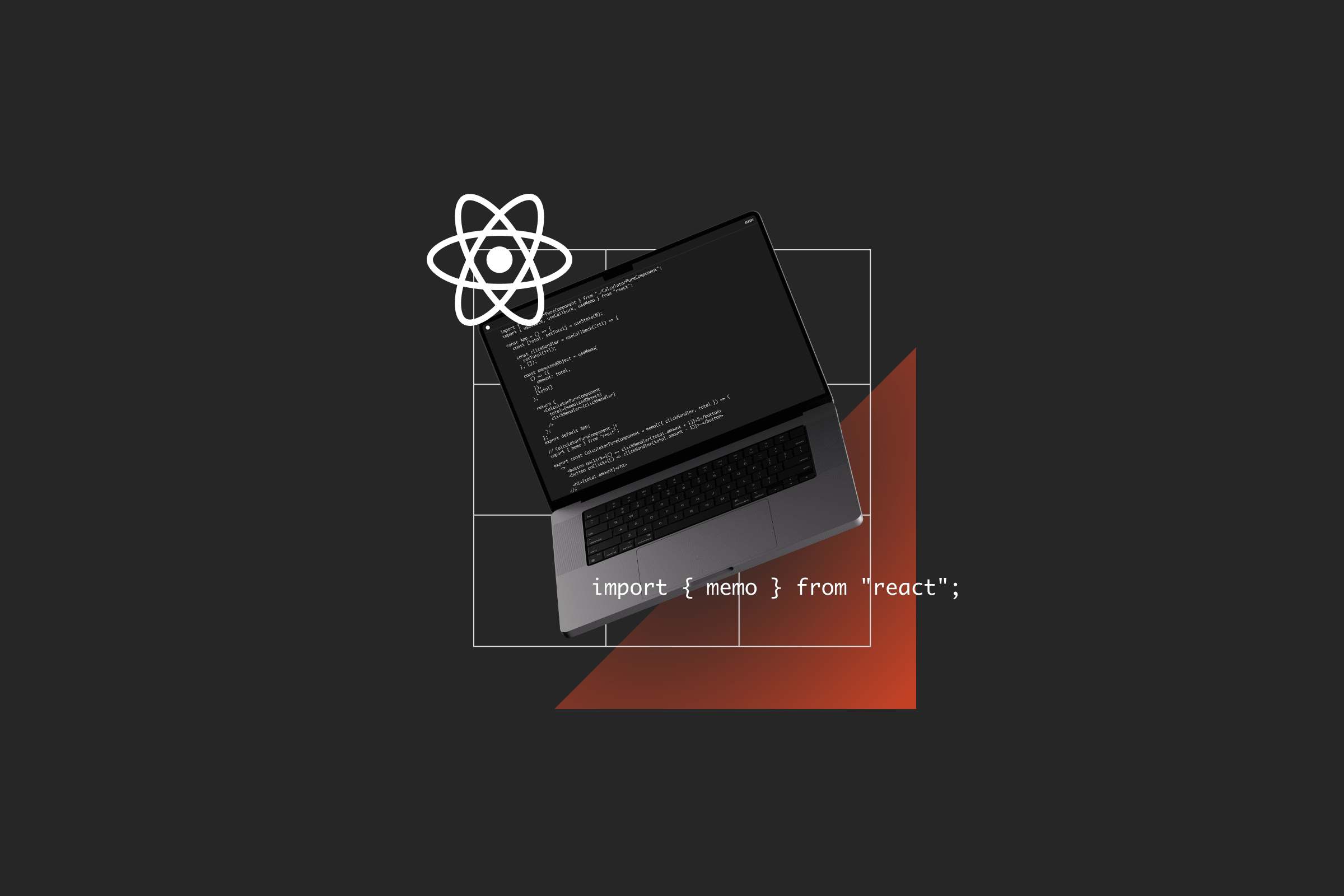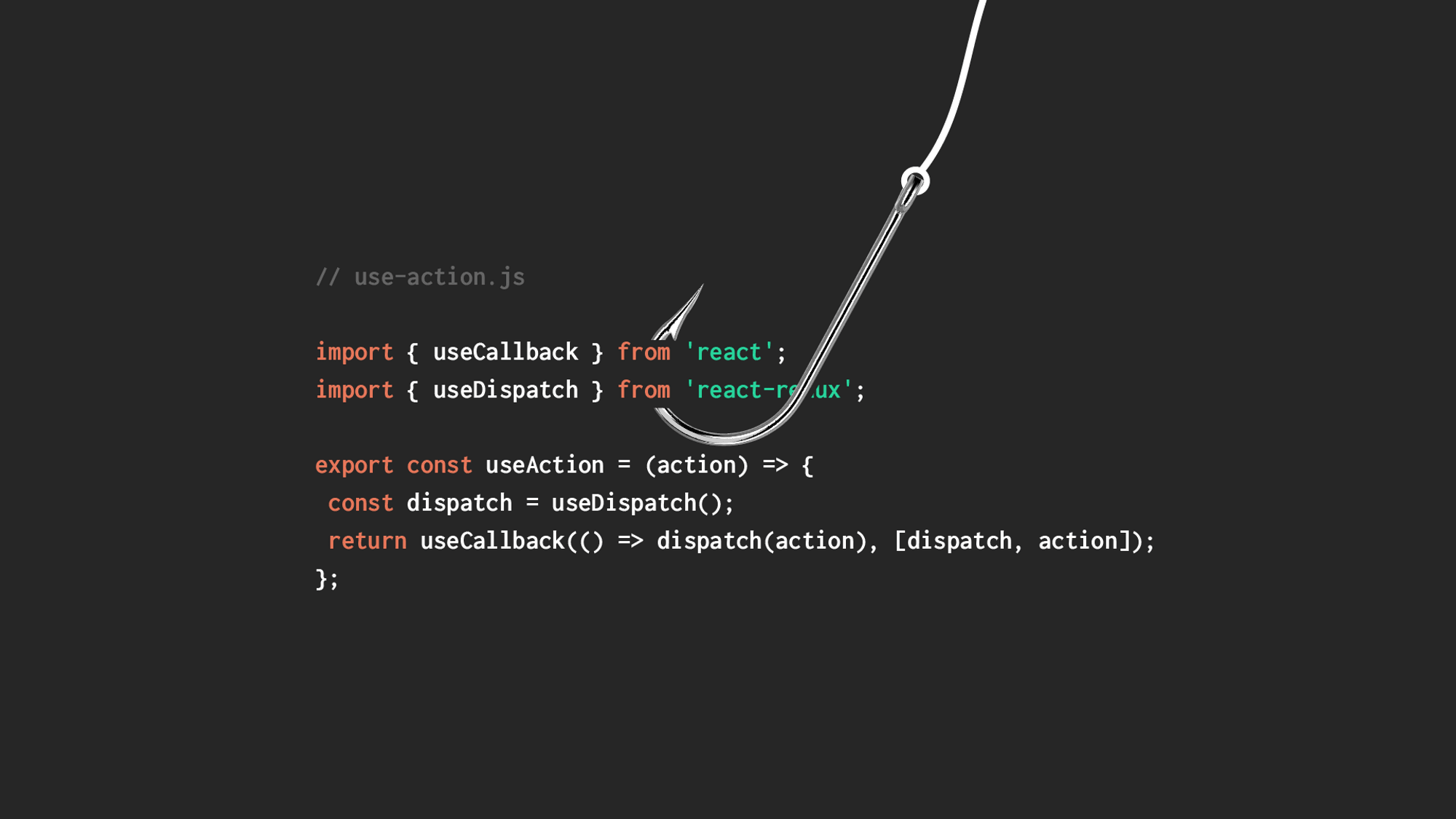Pavel Ivanov

React provides several built-in mechanisms for memoization, which can enhance performance by optimizing component rendering. When used correctly, these techniques allow you to selectively memoize components or their parts to prevent unnecessary re-renders.

This article discusses developing and implementing design system components using Tokens Studio (formerly Figma Tokens), and how to expose tokens to design system consumers so they can use them as well.

React Hooks were first introduced in React 16.8 at React Conf 2018. Since then, they have become very popular for several reasons. Firstly, with Hooks, you can extract stateful logic from a component so it can be independently tested and reused. Hooks allow you to reuse stateful logic without changing your component hierarchy, making it easy to share. Secondly, you can use Hooks to split components into smaller functions (e.g. setting up a subscription, fetching data, etc.). Lastly, Hooks let you use more of React’s features without classes.

Recently, I’ve been working on a cool project called Radius Tracker, an in-house proof-of-concept tool we built for tracking design system adoption . Our CI/CD strategy for this project includes quality checks, packaging, and distribution to NPM.
